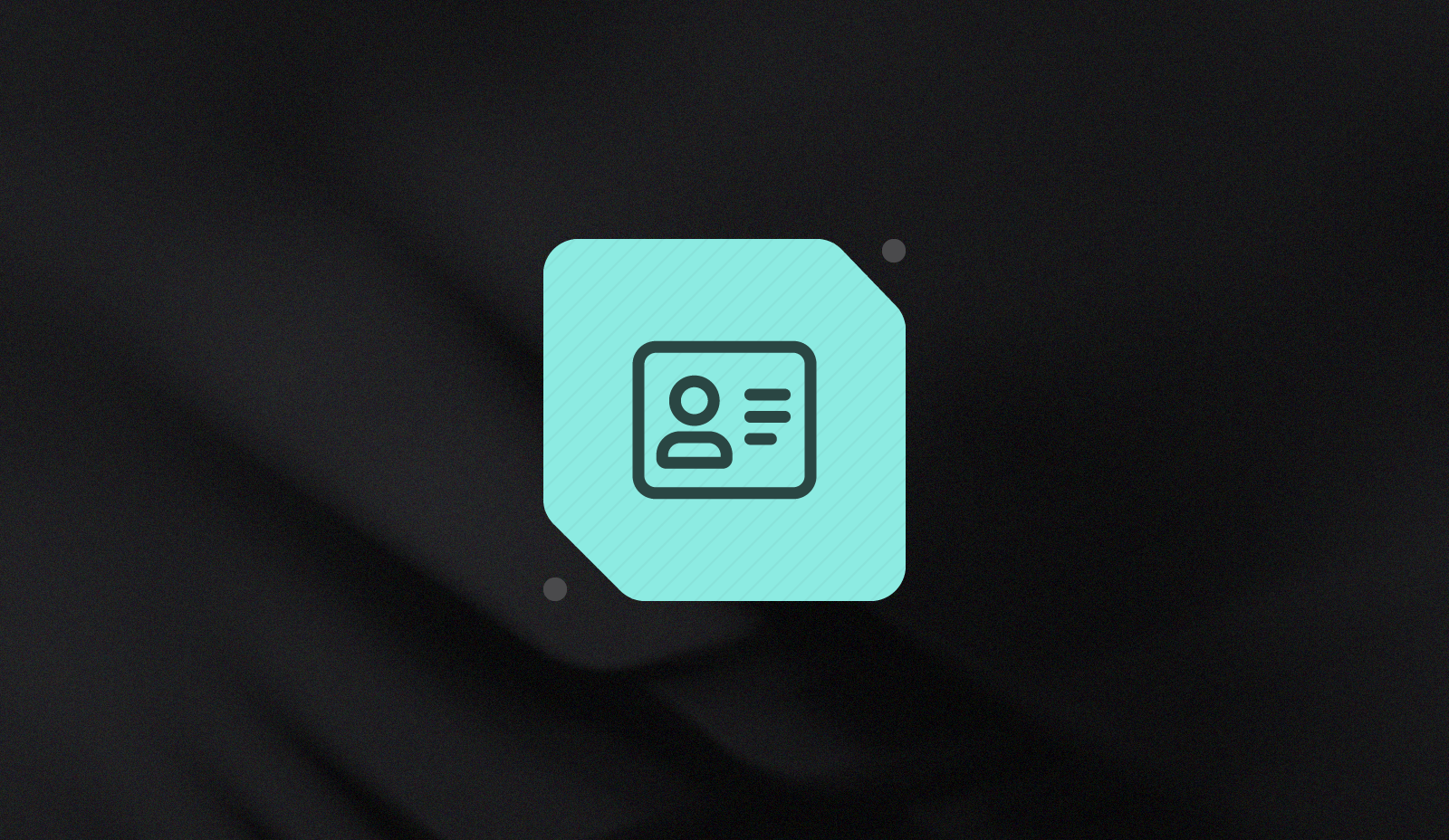Choosing Vaulted Tokenization: The Advantages Over Vaultless

In the cat-and-mouse world of e-commerce security, protecting consumer data is among the most important obligations of any merchant. Tokenization has emerged as a key technology in the fight against data breaches and hackers, as the dangers of relying on encryption have continued to emerge and evolve.
Choosing how to manage tokenized data, however, has become more complex over time: leave it with the consumer app, trust a PSP or card network, or entrust the process to a vault partner?
As technology has caught up with the need, the solution has become increasingly clear: vaulted tokenization delivers.
What is vaulted tokenization and vaultless tokenization?
Despite looking to be practically the same thing on the page, the vaulted and vaultless tokenization approaches could hardly be more different.
- Vaulted tokenization uses a secure vault to store personally identifiable information (PII). Information is collected and stored in the vault, with a token delivered to the system for which it is providing the service. Compared to encryption, the token cannot be reverse-engineered to its original form because it is a randomly generated string. When the merchant wants to use the token to, for instance, execute a purchase transaction, the merchant sends the token to the vault with instructions on what to do with it—without ever handling the actual PII.
- Vaultless tokenization also uses a tokenization scheme, but has the tokenization happen locally. In practical terms, if a consumer buys something from an app, the app tokenizes the PII before sending it to the payment system, which converts it back to its plain text form. The tokenization process, therefore, is necessarily based on an encryption process—after all, the receiving party must be able to use the information dispatched by the sending party. Unfortunately, this introduces risk for the tokens: if, for instance, a hacker can see a few tokens for underlying PII that they already know, they may be able to reverse engineer the encryption key and method.
While there has been much talk of the contrasts between encryption and tokenization, the use of the phrase vaultless tokenization obscures the reality that it is, in fact, actually closer to encryption than to tokenization.
What are the benefits of vaultless tokenization?
For all that there are security risks with using end-to-end encryption to create and decipher tokens, there are some tangible benefits to using vaultless tokenization:
- Distributed Architecture: Given that the process of vaultless tokenization includes encrypting the underlying data, formatting it into a token, then sending it to an endpoint that has a symmetric decryption key, it is clear that there can be multiple endpoints—so long as they share the same key. By contrast, token vaults are centrally managed, as the token has no implicit connection to the plain text data but is more like a reference to a particular row in a database. This creates some risk of outages and slowdowns during heavy use unless the vault is intelligently mirrored, balanced, and managed.
- Faster Processing Times: In principle, taking advantage of a distributed architecture, married to a sophisticated load-balancing strategy, should accelerate processing times.
- Limitless Scalability: In principle, distributed architecture can lead to a functionally infinite capacity to grow and scale, as segments of the business can be cordoned off to avoid the creation of an unmanageably-sized data store.
What are the benefits of vaulted tokenization?
The primary benefit of vaulted tokenization is security. Because the token has no relationship to the underlying data, and cannot be returned to plain text through decryption, it is protected from theft.
Merchants select vaulted tokenization over vaultless tokenization because:
- PII is Secured by a Third-Party: The risk of data leakage is considerably reduced when plain text data never enters the merchant’s payment system. With a programmable payments vault like Basis Theory, the underlying data can be transmitted to endpoints to process transactions without ever revealing the details.
- PCI-DSS scope is minimized: Because cardholder data never enters the merchant’s system, passing PCI-DSS audits is simplified, and the cost of maintaining compliance is substantially reduced.
- Ownership Without Security Headaches: Although the merchant never actually brings the plain text data into their system, they retain complete control over how to use the tokenized values. This stands in stark contrast to options where merchants choose to use tokens provided by their PSP: when the PSP collects the data, they may decline (or make it hard) to extract it for use with other processing partners.
- Single Point of Integration: The average number of processors used by a merchant will reach nearly 4 in 2025. A payments vault delivers a single point of integration with a standard set of APIs and connections that can be cloned for each new or replacement PSP.
The Verdict: Vaulted > Vaultless
Despite the potential benefits of the distributed architecture offered by vaultless tokenization, the added security and centralized simplicity of maintaining a vaulted tokenization scheme in partnership with a programmable payment vault are hard to beat.
Combined with the reduced cost and effort of PCI-DSS compliance delivered by never actually handling PII in plain text, as well as the added security of tokens that cannot be decrypted using a stolen or calculated decryption key, vaulted tokenization delivers peace of mind, flexibility of application, and compliance economy.
.png?width=365&height=122&name=BTLogo%20(1).png)



